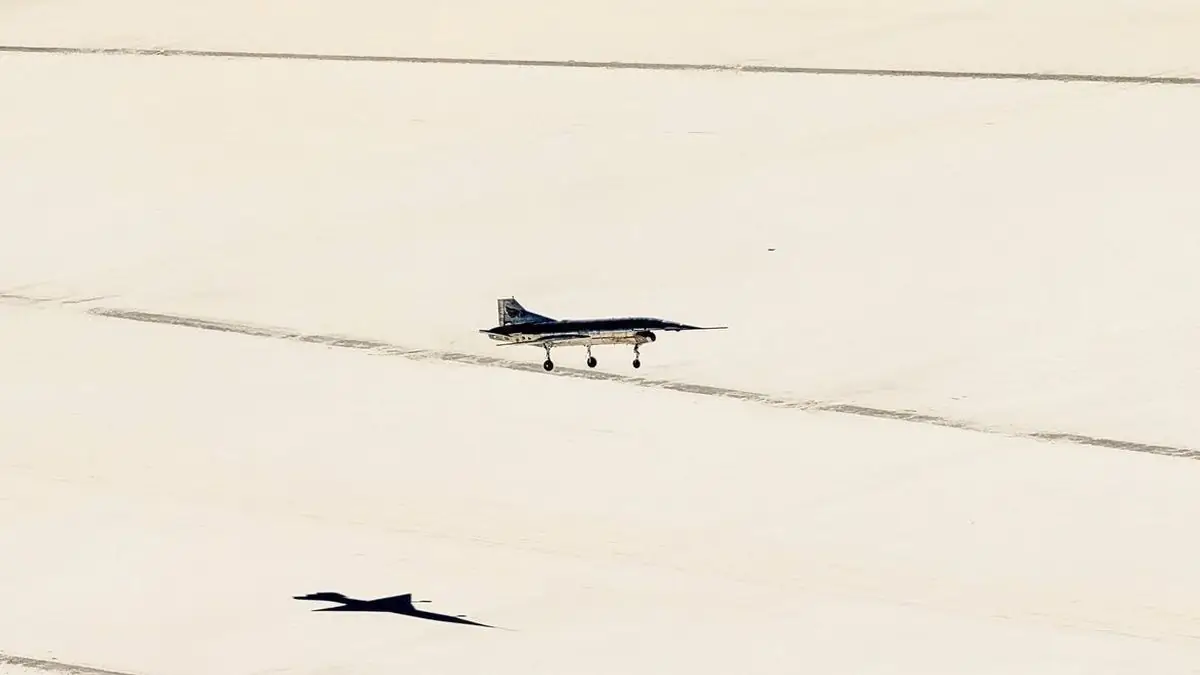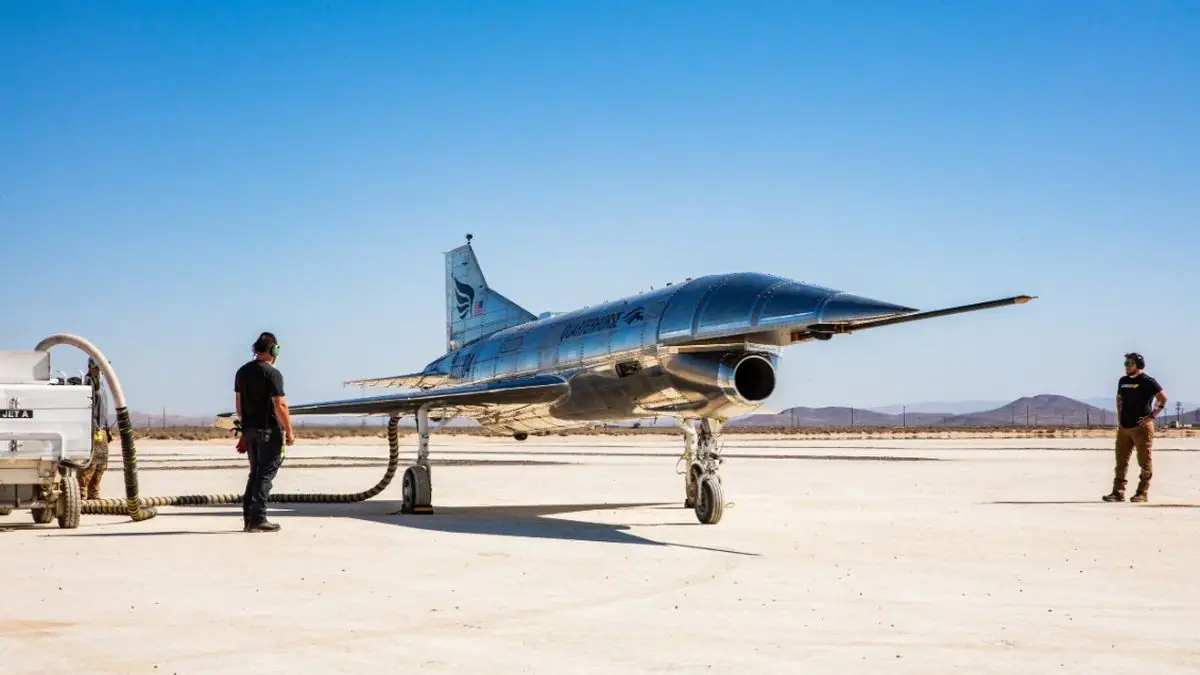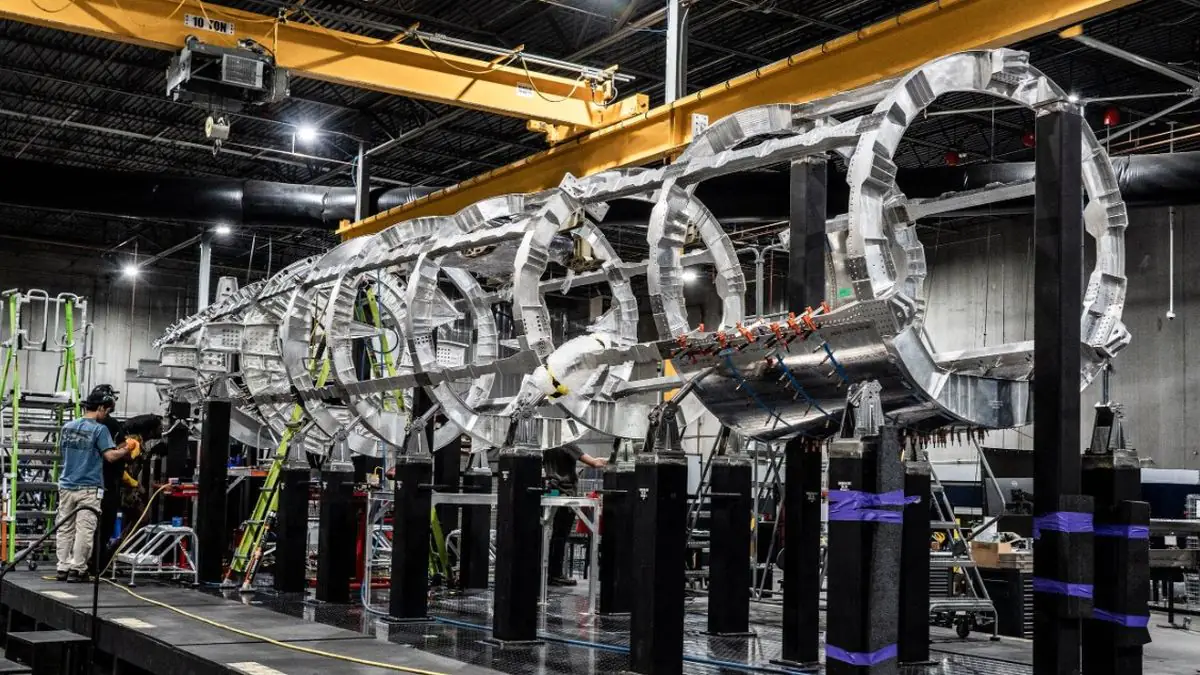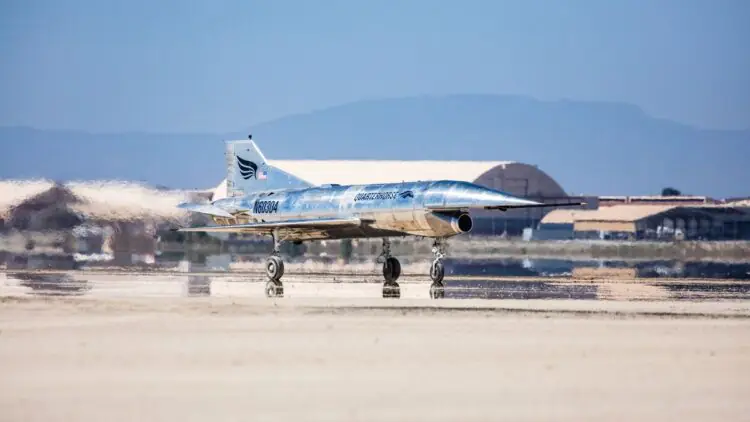Aviation startup Hermeus recently conducted the first flight of its drone, the Quarterhorse Mk 1. The company aims to develop an unmanned aircraft capable of surpassing the SR-71’s speed record of 3,529.56 km/h, set in 1976. After reaching that milestone, the next goal is to achieve hypersonic speeds – defined as speeds exceeding Mach 5 – though the developers expect this to take some time.
The Quarterhorse Mk 1 took off from Edwards Air Force Base in California, achieved stable flight, and landed smoothly, according to company representatives. A video released by Hermeus shows the takeoff, a brief flight period, and the subsequent landing of the drone.

“A flight of the Mk 1 confirmed our fast, iterative approach to aircraft development and advanced our mission to radically accelerate aviation,” a Hermeus representative said. However, this approach has its drawbacks, such as the relatively rough exterior finish of the Mk 1 aircraft.
The first flight of the Mk 1 prototype was originally planned for late 2024 but was postponed for unknown reasons. Prior to that, the company introduced a non-flying prototype, the Quarterhorse Mk 0, which was used to test key subsystems of the vehicle. The Mk 0 was built in just six months, and all its test objectives were completed within 37 days of testing.
Hermeus spent just over a year developing the Mk 1, from a clean sheet design to flight readiness. The company is currently building four Quarterhorse models, each progressively more complex and larger in scale. The Mk 1 version that flew last week was designed specifically to test the takeoff and landing of an uncrewed aircraft in this configuration and was not intended for high-speed flight testing. The drone is powered by a General Electric J85 turbojet engine, which is also used in the U.S. Air Force’s T-38 Talon jet trainer.

Other aspects of the Quarterhorse Mk 1 flight test program include studies of aerodynamics, stability and control, as well as evaluations of various subsystems such as the propulsion system, fuel system, hydraulics, electrical power, thermal regulation, avionics, and telemetry.
The next phase is the Quarterhorse Mk 2, designed to reach supersonic speeds of up to Mach 3. Expected to be roughly the size of an F-16, this version is currently in production at Hermeus’ headquarters in Atlanta. According to the developers, it will be powered by a Pratt & Whitney F100 turbofan engine – also used in the F-16 – and is scheduled for its first flight by the end of this year. The Quarterhorse Mk 3 is planned to exceed Mach 3 and, according to Hermeus, will demonstrate the transition from turbojet to ramjet propulsion during flight and aim to break the world speed record currently held by the SR-71.

The Hermeus Quarterhorse series could become part of broader U.S. Air Force efforts to explore future concepts for hypersonic and supersonic transport aircraft. Some of the technologies under development by the company may also find applications in other military areas. Specifically, Hermeus has highlighted the potential use of its technologies for missions involving the transport of critical cargo and reconnaissance. The company states that its program is primarily focused on commercial markets, aiming to introduce what it describes as the fastest reusable aircraft in the world.
Source: twz









